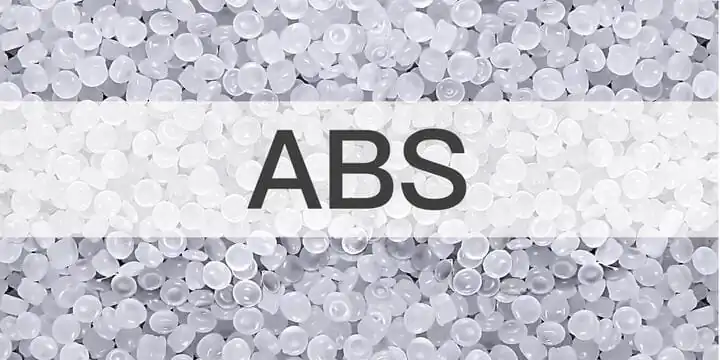ABS plastic products, especially those exposed to the outdoor environment or intended for long-term use (such as automotive parts, outdoor equipment housings, and appliance panels), often face two major enemies: yellowing and embrittlement. These not only affect aesthetics but also seriously weaken the product’s lifespan and safety. Reactive magnesium oxide is one of the key weapons that engineers use to combat these two enemies and improve the “durability” of ABS.

The Culprit of Yellowing: Acidic Degradation
During processing (high-temperature melting) and use (light, heat, oxidation), the polymer chains of ABS resin can break, producing a series of small molecular substances. Among these, acidic substances (such as sulfate radicals from initiators, carboxylic acids generated by thermal degradation, or hydrogen halides produced by the decomposition of halogenated flame retardants) are a major force driving material yellowing. These acidic substances themselves may exhibit color, and more importantly, they catalyze further oxidation degradation reactions, producing more chromophores (such as carbonyl groups), causing the material to become increasingly darker and more yellow.
The Root Cause of Embrittlement: Molecular Chain Scission
Continuous acidic environments and oxidative degradation constantly damage the structure of ABS molecular chains, especially the rubber phase (butadiene segments) that is the source of its toughness. Shortened molecular chains, cross-linking, or structural damage directly lead to a decrease in material toughness, making it brittle and prone to cracking.
The “Durable” Mechanism of Reactive Magnesium Oxide:
The core value of reactive magnesium oxide lies in its strong acid neutralization ability and thermal stabilization effect.
- Cutting Off the Source of the “Yellowing Chain”: During the high-temperature melting stage of processing, reactive magnesium oxide can quickly capture and neutralize the newly generated acidic small molecules (neutralization reaction: MgO + 2H⁺ -> Mg²⁺ + H₂O). This is equivalent to “cutting off” the acidic catalyst at the beginning of the degradation reaction chain. Without the catalysis of an acidic environment, subsequent oxidation degradation and yellowing reactions are significantly inhibited. Therefore, ABS with a suitable amount of reactive magnesium oxide can maintain better color stability and is less prone to yellowing after multiple processing steps or during long-term use.
- Protecting the “Source of Toughness”: By continuously neutralizing acidic substances, reactive magnesium oxide protects ABS molecular chains, especially the butadiene rubber phase, from acid-catalyzed degradation. Maintaining the integrity of the molecular chains allows for better retention of the material’s impact strength and toughness. This makes ABS products less likely to become brittle and crack during long-term use or in harsh environments (such as high temperature and high humidity).
- Synergistic Enhancement: Reactive magnesium oxide can also synergize with other stabilizers (such as antioxidants and light stabilizers) in the ABS formulation to build a more complete and protective system, comprehensively improving the material’s durability.
Practical Applications:
- Automotive Interiors: Instrument panels, door panels, etc., are exposed to light and temperature changes for extended periods and require excellent anti-yellowing and anti-aging performance.
- Appliance Housings: TV, air conditioner, and washing machine housings require long-term maintenance of beautiful colors.
- Outdoor Equipment: Garden tool housings, sports equipment, etc., need to withstand sun and rain.
- Electronic and Electrical Components: Require long-term stable electrical performance and mechanical strength.
Reactive magnesium oxide effectively neutralizes acidic substances that initiate ABS degradation, fundamentally inhibiting the key chemical reactions that lead to material yellowing and embrittlement. While it is not a panacea, it is an indispensable “behind-the-scenes hero” in improving the long-term weather resistance, color stability, and mechanical performance retention rate of ABS engineering plastics, making ABS plastics more “durable” and long-lasting in various application scenarios.
